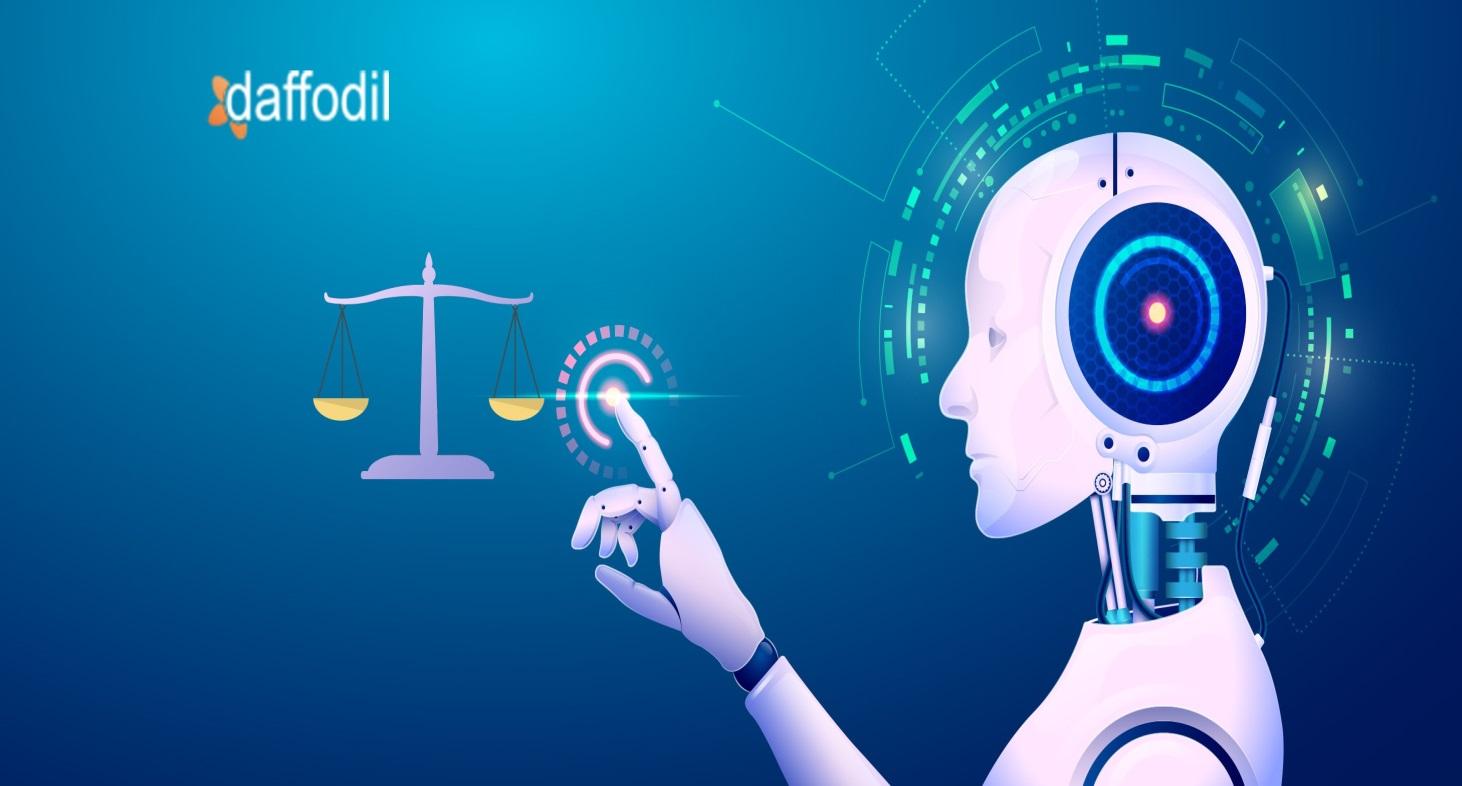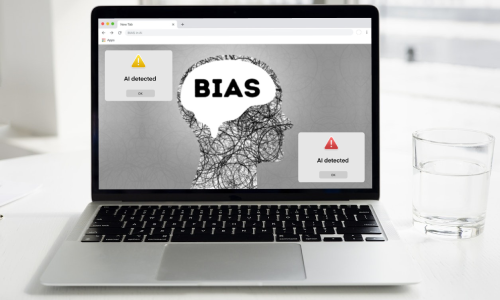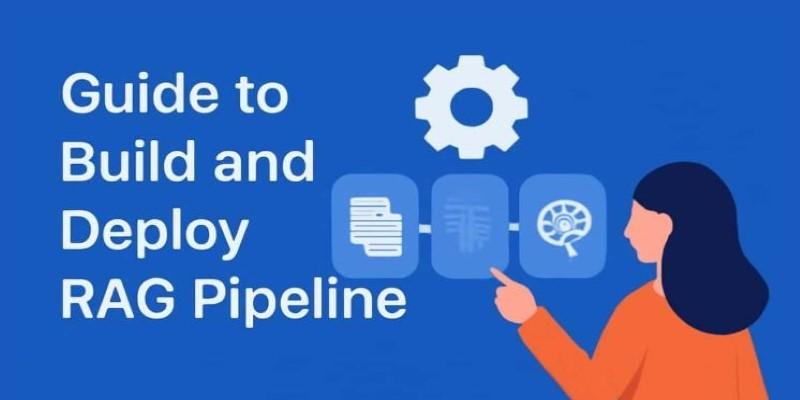Artificial intelligence is all over. It drives the choices that influence our lives. AI has an influence on the outcome in a variety of fields, including finance and healthcare. Nonetheless, there is an increasing risk of bias. Such bias may produce injustice or even deleterious outcomes. The solution to this problem is to identify and eliminate unjust behavior in algorithms.
This article discusses the best tools and techniques for AI bias detection. It also discusses how to make it fair and transparent. The knowledge of these methods is essential to the development of ethical and safe technologies that everyone will use.
Why Bias Occurs in AI Models
The data used to train algorithms can be biased. When the information indicates past discrimination, AI replicates it. There can be unintentional bias in even the design of the algorithm. By ignoring minority groups, the AI cannot treat all users equally when developers pay little attention to them.
Additionally, sampling flaws and feature deficiencies exacerbate bias. Failing to test with diverse populations can aggravate these issues. These are creeping problems that the developers should investigate and be aware of. The recognition of such bias is the initial step to responsible development.

The Importance of Fair Algorithms
Fairness in AI ensures equal treatment for all. A biased system may reject qualified applicants or make unsafe decisions. This unfairness can damage trust in technology. Companies may also face legal consequences. Fair systems improve user experience and reduce risk. Developers must aim for equality in outcomes.
Diverse teams and testing practices help prevent one-sided results. Ethical development leads to better performance. Fair systems also promote broader acceptance of AI tools. Detecting and addressing bias helps create long-lasting trust with users and regulators.
Top Tools for AI Bias Detection
Tools play a critical role in monitoring fairness. Many companies now use software to evaluate systems for unfair results. These tools scan datasets and outputs for signs of imbalance. Some tools even measure fairness across multiple variables. AI bias detection software checks for hidden patterns of inequality.
They flag concerns before the models go live. Early detection saves time and cost. You can use tools like Fairlearn, IBM AI Fairness 360, and Google's What-If Tool that give visual feedback to developers.
How to Perform an AI Audit
Audits reveal how systems perform across different groups. They test algorithms in controlled environments. Audits look at both inputs and outcomes. AI audit tools help ensure transparency and accountability. These tools test for accuracy, bias, and fairness. Teams review data collection methods.
They also check decision-making patterns. Audits uncover weak points that may cause harm. Regular audits keep systems in check. Documentation of the entire process is key. It builds public confidence and legal protection. Every step should align with best practices in fairness and accountability.
Role of Training Data in Bias
Training data sets the foundation of how systems behave. If the data is unbalanced, the system will be too. Developers must check for missing or skewed information. Clean, diverse data supports fairer outcomes.
Oversampling or reweighting techniques can help. These adjustments ensure all users are represented. Testing on varied datasets reveals hidden issues. Developers should also update data regularly. Monitoring data is a key defense against bias.
Detecting Discrimination in AI Outputs
To ensure fairness, developers must look closely at outcomes. Detecting discrimination in AI involves comparing results across groups. A system should not favor one group unfairly. If certain users face higher rejection rates, that's a red flag.
Testing must go beyond averages. Small groups need specific attention. Visual tools and statistical analysis help detect uneven patterns. Adjustments include tuning parameters or refining features.
Ethical AI Practices and Their Impact
Ethical AI practices guide teams to build fair and responsible systems. They include clear rules for data use, transparency, and consent. Ethics helps developers decide what is fair. It also encourages the inclusion of diverse viewpoints. Teams must act with accountability in every project phase. Ethics training and regular reviews help reduce bias.
These efforts improve the reliability of the final product. Responsible actions protect users and organizations. Clear ethical policies help developers make better choices. Following them supports sustainable AI development.

Reducing Bias in Machine Learning
One way to reduce bias in machine learning is to build fairness into every step. Developers start by reviewing their data. They check how it might affect outcomes. Then, they can test algorithms under various conditions and examine any differences in results.
They can make changes to reduce gaps. Some models use fairness constraints in design. Final models go through fairness testing again. Reducing bias is not a one-time task. It must be ongoing, from start to finish.
Challenges in Ongoing Bias Monitoring
The monitoring of bias continues after it is put into use. AI learning systems are adaptive. Such learning may bring in new types of biases. Programmers need to install monitoring tools in real-time. These tools monitor the changes in the system behavior.
There should also be a way for users to report issues. Feedback assists in the early detection of bias. The long-term commitment is the main issue in preventing harmful trends. When bias rears its head, teams need to be prepared and take immediate action.
Creating a Culture of Equitable AI Development
An unbiased AI begins with an impartial team. Developers have to operate in multicultural and diverse teams. Various backgrounds lead to a better understanding of possible bias. Firms ought to educate the entire staff on equity and morals. Responsible design choices should be a priority for managers.
Transparency and teamwork enhance performance. An ethical organizational culture promotes open criticism. It also aids in the success of projects in the long run. Creating such a culture is not easy or quick. But the advantages are worth it. You can achieve user satisfaction through fair and trusted systems.
Conclusion
Detecting bias in intelligent systems is not optional. It ensures fairness, transparency, and public trust. Developers must use tools and audits to uncover flaws. Regular testing of outputs prevents unfair treatment. Ethical guidelines help make better decisions. With the proper steps, you can reduce bias. Every team must treat fairness as a core value. It ensures that technology serves everyone equally. By staying vigilant, we build a safer future. Bias prevention supports both innovation and human dignity.











